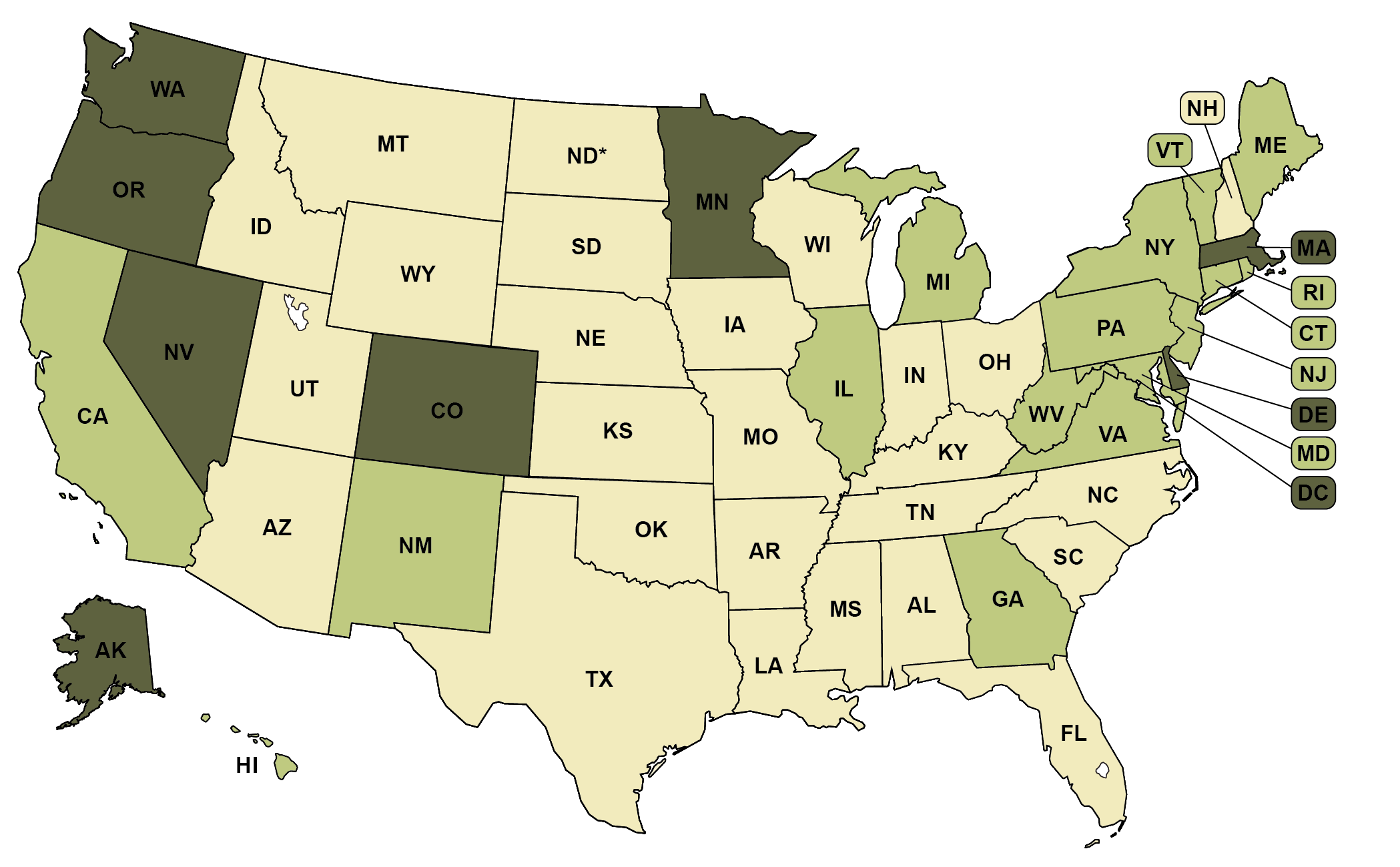Automatic voter registration is a policy that modernizes the voter registration process by automatically registering eligible voters through their interactions with state agencies, most commonly when people apply for or renew their driver’s licenses. Automatic voter registration helps ensure that every eligible voter has access to vote and strengthens the security and accuracy of our election systems. Our scoring distinguishes between Secure AVR and Partial AVR. In Secure AVR systems–sometimes referred to as “back-end AVR” – designated agencies such as state DMVs systematically send information from relevant transactions to state election authorities. Once the voter’s eligibility is confirmed, the voter is then automatically registered (or registered in pending status) before being given an opportunity to opt-out at a later time, usually through the mail. Secure AVR systems are more efficient and effective at registering eligible voters, keeping registration records accurate, and registering only U.S. citizens to vote. In Partial AVR systems–sometimes called “front-end AVR” – the voter is given an opportunity to opt-out of being registered at the time of the relevant agency transaction. Partial AVR is an improvement over traditional registration systems but is relatively less efficient than Secure AVR.

-
State has secure (back-end) automatic voter registration
(10 states + D.C.)
-
State has partial (front-end) automatic voter registration
(14 states)
-
State does not have automatic voter registration
(26 states)
*North Dakota does not require voter registration.
Note: Michigan and New Mexico have passed legislation that will implement Secure AVR beginning in 2025.
Recommended citation: Movement Advancement Project. "Democracy Maps: Automatic Voter Registration." https://www.mapresearch.org/democracy-maps/automatic_voter_registration. Accessed [day of access]
Breakdown by Population
*Note: These percentages reflect the voting-eligible population, as reported by the United States Election Project.
15 % of voting-eligible population lives in states that have secure (back-end) automatic voter registration
38 % of the population lives in states that have partial (front-end) automatic voter registration
47 % of voting-eligible population lives in states that do not have automatic voter registration


